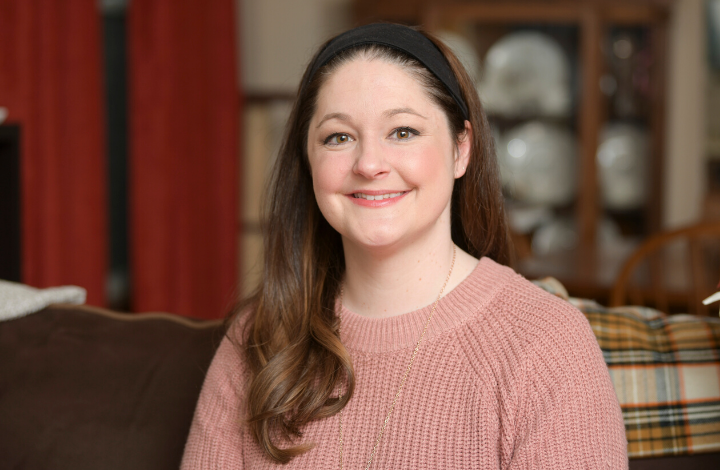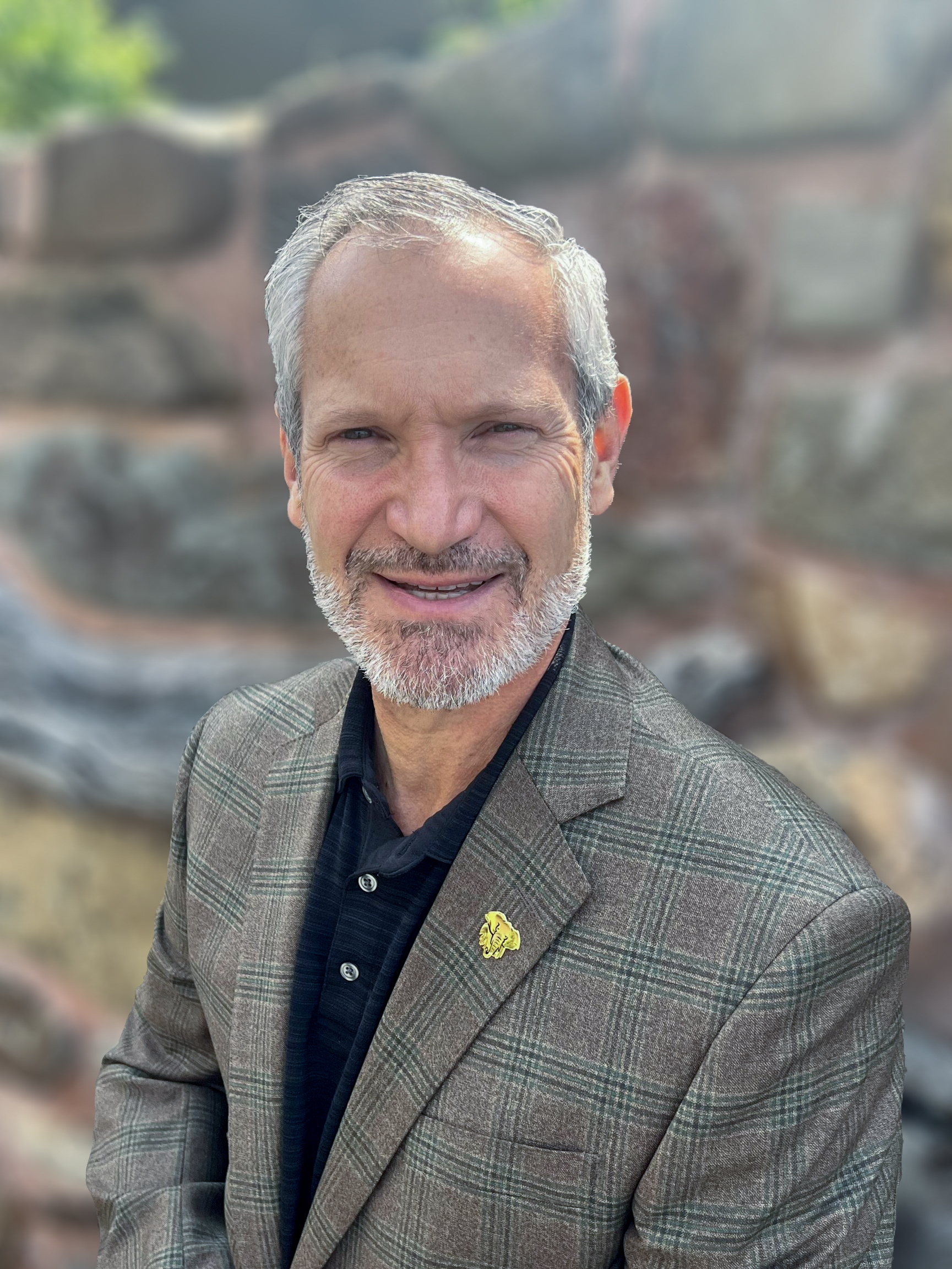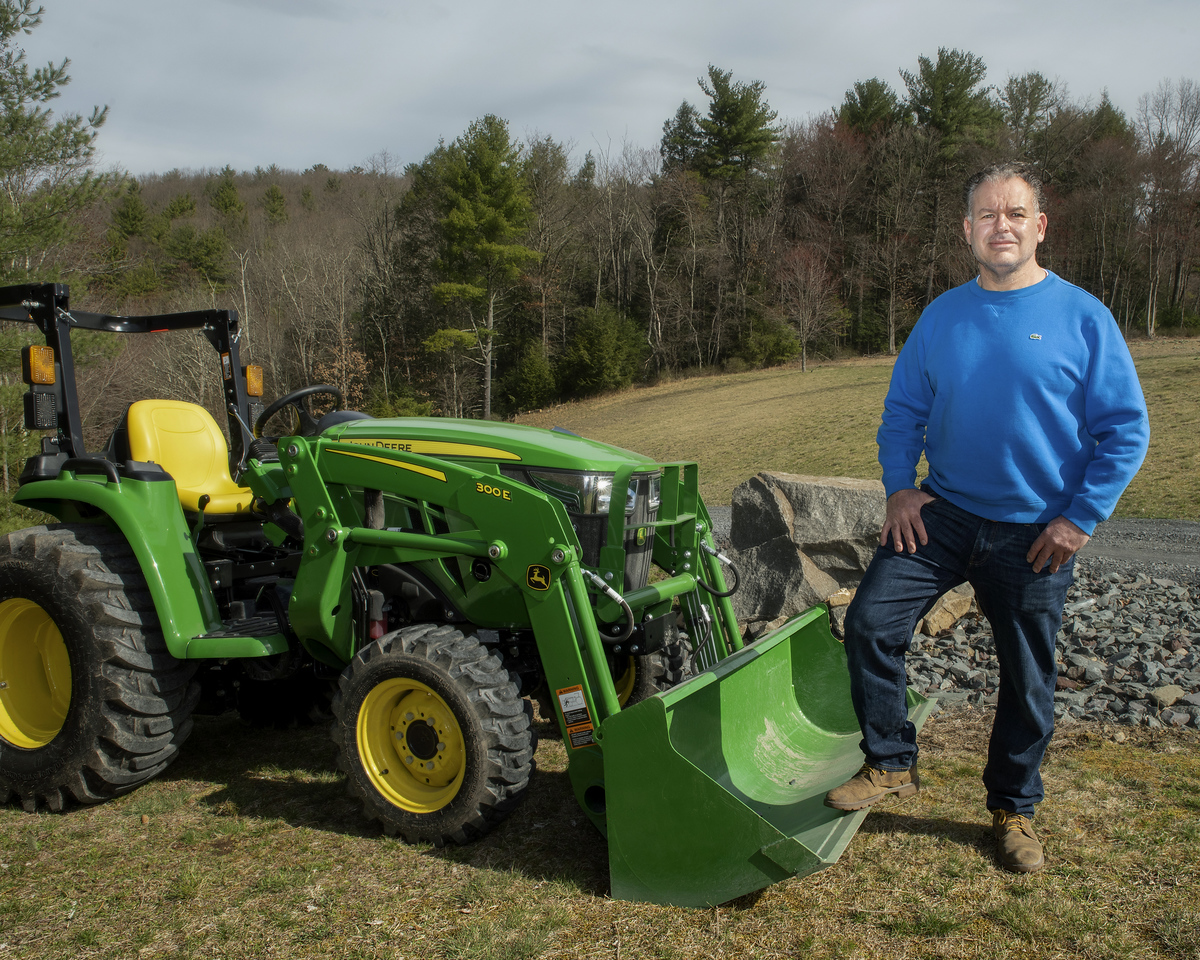Blog

This past summer, Alison Youpa of Nazareth, 32, was doing all the normal things busy moms do - work, take care of baby, spend time with husband and friends - but the brain aneurysm that struck Alison one summer night, was anything but normal.
Alison says the day of her brain aneurysm started off so unremarkable that she really doesn’t recall what she was doing. That night, with her 16-month old daughter fast asleep and her husband hosting a card game with friends in the detached garage, Alison was chatting with a friend on the phone, when she felt a sharp, throbbing pain in her head and neck that seemed to go from zero to 60 in seconds. Her symptoms escalated so much that she abruptly hung up the phone and laid on the floor, fists clenched like claws. Somehow, she was able to dial her husband who ran in from the garage.
When the paramedics arrived, they immediately tested her blood, thinking her symptoms might easily be explained by low blood sugar, but the test was normal. It was on the ride to the hospital, that one of the paramedics started to suspect something was wrong in Alison’s brain. As soon as the doors swung open at St. Luke’s Anderson’s emergency department in Easton, the perceptive paramedic told the ER staff to scan her immediately. Thanks to his quick thinking, they ran a CT scan right way and as suspected, Alison had a brain aneurysm.
Alison was then transferred to the care of neurosurgeon, Evan Marlin, MD and his team of specialists at St. Luke’s University Hospital – Bethlehem. “A brain aneurysm is an outpouching of a blood vessel in the brain,” explains Dr. Marlin. “Aneurysms tend to grow over time without causing any symptoms until something happens like a spike in blood pressure causes the aneurysm to pop like a balloon. Because aneurysms develop over time, they are much more common in older patients, so Alison’s case was rare.” Research suggests there are some modifiable risk factors for brain aneurysms like high blood pressure, diabetes, high cholesterol and smoking, but there are also non-modifiable risk factors like being female (women are more likely than men to have an aneurysm bleed), having a connective tissue disorder, adult polycystic kidney disease or a family history of aneurysms. As many as 2-4 percent of people have brain aneurysms without ever knowing. Once an aneurysm bleeds, up to 30 percent will die before they even reach the hospital, which is why quick action is so imperative.
Dr. Marlin has expertise in advanced surgical procedures including endovascular neurosurgery, a subspecialty within neurosurgery that uses catheters and radiology to treat various conditions and diseases of the central nervous system like aneurysms. “Because my job focuses on treating disorders of the blood vessels in the brain and spine, I often speak with patients like Alison and her family who are very frightened by their diagnosis,” says Dr. Marlin. “I try to educate and navigate them through their diagnosis and treatment options and make sure I communicate with them every step of the way.”
Dr. Marlin explained to Alison and her husband that a ruptured aneurysm is a very big deal, requiring life-saving surgery, but based on the angiogram taken prior to surgery, Dr. Marlin felt a craniotomy would allow him to repair the vessel and save Alison’s life.
A craniotomy involves removing a part of the skull to find the abnormal blood vessel and clamping it with a titanium clip that looks similar to a clothespin. In extreme cases, complications from surgery or from the aneurysm bleed can result in loss of ability to walk or talk and possible fatality. Only 15-20 percent of people who have a ruptured aneurysm will function as well as they did before the aneurysm bled. Alison’s chances were slightly higher because of her age.
After the six-and-a-half-hour surgery, Dr. Marlin was happy to report that it was successful. The team was able to treat the aneurysm, but Alison’s recovery would be difficult and slow. “Because of the cascading events that can occur after the initial burst and subsequent surgery, monitoring is imperative,” says Dr. Marlin.
So Alison spent 13 days in ICU and three more days on a recover floor. Even now, nearly six months post-op, Alison reminds herself to be patient. “When I think about what could have been, how my outcome could have been so much worse, I find it a little easier to cope with all my limitations,” says Alison. “And I know that every day I get stronger and back to feeling like myself.” Aneurysms occur in 2-4 percent of people, but Alison’s chances of developing another are slightly higher now, so she watches what she eats, exercises and checks in with Dr. Marlin regularly for office visits, angiograms and CT scans. She is back to working part-time from home as a medical records processing assigner and taking classes to earn a second bachelor’s degree in accounting from DeSales University.
Looking back, Alison credits a number of people for her successful outcome - the paramedic who brought her to the ER, the caring, compassionate nurses in ICU, the physical therapists who helped her regain her stamina and balance, and of course, Dr. Marlin and his team who performed the surgery and continue to care for her. Alison says, “I had a lot of angels that day and a lot of things went my way and for that, I’ll always be grateful.”




